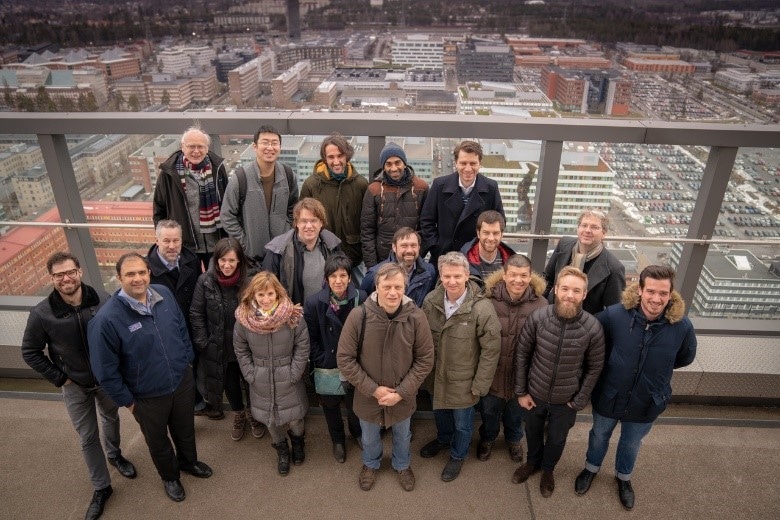Mar 7 2019
Senseair AB, AMO GmbH, KTH Royal Institute of Technology, Oxford Instruments Plasma Technology, Graphenea Semiconductor SL, Universität der Bundeswehr München, Catalan Institute of Nanoscience and Nanotechnology, and SCIPROM Sàrl announced today the launch of the ULISSES project, a European collaboration to develop a new class of miniaturized optical gas sensors on a chip. The project partners will collaborate to combine silicon photonics with 2D materials, to enable fully integrated optical gas sensing nodes for the IoT. These nodes will be able to be manufactured in large volumes at low cost and achieve performance improvements in terms of size and power consumption. The development would enable personal gas sensors embedded in wearable devices, as well as public infrastructure such as street lighting, buses and taxis, or even in small unmanned aerial vehicles. The new technology aims to empower the general public to monitor and put demands on their air quality.

Gas sensors are already widely used in industry and agriculture, to ensure safety of personnel and to monitor and automate processes. However, the rising general awareness of the importance of urban indoor and outdoor air quality is now driving demand for accurate, low-cost and mobile gas sensor technology. Optical gas sensors offer the highest sensitivity, stability and specificity in the market, however, their current cost, power consumption and size hinder them from being widely employed by the general public. ULISSES technology will enable compact, low-cost and low-power gas sensor nodes to be networked for comprehensive and real time monitoring of air quality in urban areas. This new approach will provide valuable information to city planners, employers and landlords to ensure a healthy indoor and outdoor environment.
By leveraging recent breakthroughs of the ULISSES partners on waveguide integrated 2D materials-based photodetectors, 1D nanowire mid-IR emitters, and mid-IR waveguide-based gas sensing, ULISSES targets a three-order-of-magnitude reduction in sensor power consumption, thus permitting maintenance-free battery powered operation for the first time. Furthermore, ULISSES will implement a new edge-computing self-calibration algorithm that leverages node-to-node communications to eliminate the main cost driver of low-cost gas sensor fabrication and maintenance.
Over the next four years, Senseair AB, a leading gas sensor supplier, will coordinate the ULISSES project with the help of SCIPROM. Using systems developed by Oxford Instruments Plasma Technology, AMO will fabricate the silicon photonics chips with integrated silicon waveguides and 2D material-based photodetectors, developed by KTH and AMO. The 2D materials will be provided by the Universität der Bundeswehr München and Graphenea. Senseair will lead the different application demonstrators and prepare the sensors for IoT applications together with KTH. ICN2 will provide modelling and simulation support, in order to optimize sensor design and efficiency.
For more information on ULISSES, please visit www.ulisses-project.eu.
The ULISSES project has received funding from the European Union’s Horizon 2020 research and innovation programme under grant agreement No 825272 (ULISSES).